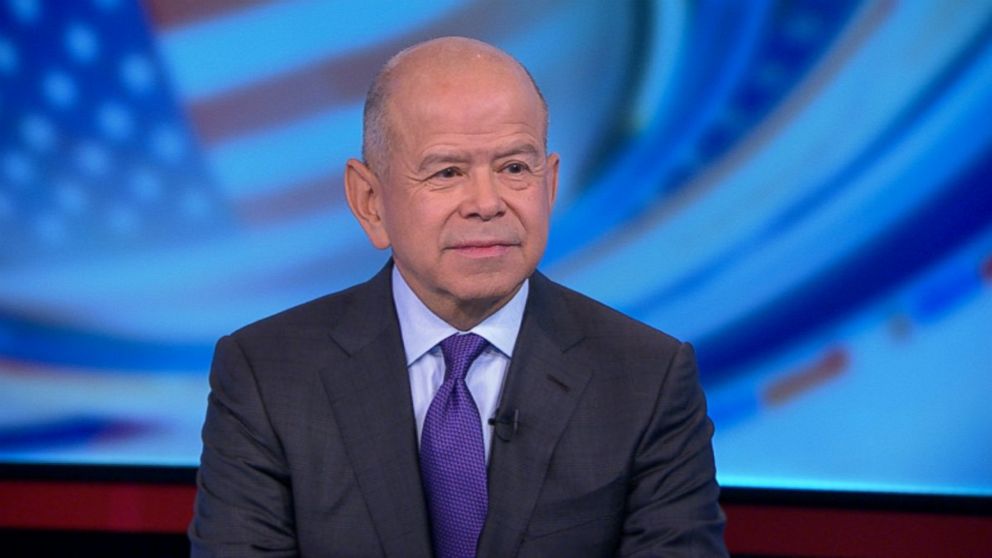FAA Administrator: Drone Operators Need to Stay Away from Airports
Michael Huerta discusses departments latest policy for drone use.
— -- The head of the Federal Aviation Administration has a message for drone hobbyists: stay away from airports and keep below 400 feet.
FAA Administrator Michael Huerta discussed the department's latest policy for drone use on "This Week" today. The policy was instituted after about 200 incidents involving drones since February, with nearly 25 of those near collisions that forced airplane pilots to change course.
“The thing that I am most concerned about is doing everything we can to avoid conflicts between aircraft – whether they’re drones or commercial airliners,” Huerta told ABC News. “If you're using an unmanned aircraft, you need to stay away from an airport, you need to stay below 400 feet and you need to maintain line of sight.”
Huerta said the FAA was working with the model aircraft industry to promote awareness of potential problems.
"I think as a result of this awareness, we're seeing more reporting," he said.
Huerta noted that the FAA published a blueprint for integrating drones into national airspace last year and the department is expected to solicit comment in December on rules to include smaller drones that weigh fewer than 55 pounds.
“What it will consider is the full scope of activities, the certification of the aircraft, the qualifications of the operator and the sorts of uses, all with the goal of maintaining a safe system,” Huerta said.

Huerta’s appearance on “This Week” came as many Americans were on the move at the end of the holiday weekend. The Sunday after Thanksgiving is the busiest travel day of the year, as one in eight Americans take trains, planes and automobiles to return home.
About 2.6 million people are expected to fly today.
“Fortunately, we have great weather today,” said Huerta. "It should be a great day for flying."
Huerta also touted the latest in GPS-based landing systems that the FAA has implemented in five major metropolitan areas around the country, including in Washington, D.C.
The program, called NextGen, is designed to open the landing paths for airplanes with the goal of streamlining the descent to reduce air traffic and fuel costs.
“The benefits are being delivered right now,” Huerta said, noting that the NextGen system will save about 2.5 million gallons of fuel a year at Washington airports alone.
Like “This Week” on Facebook here. You can also follow the show on Twitter here.Go here to find out when “This Week” is on in your area.




